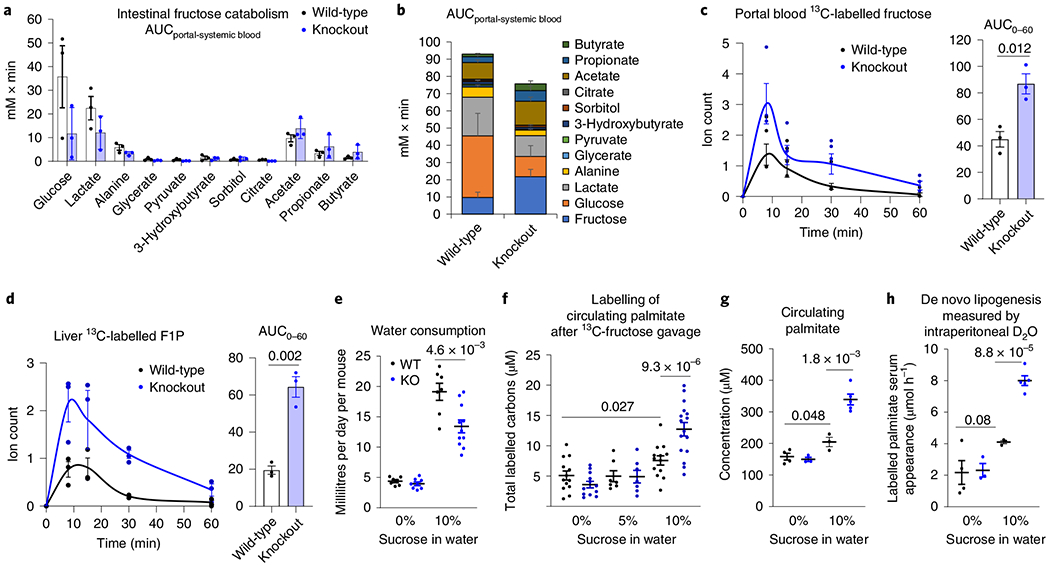Fig. 1 |. Intestine-specific KHK-C ablation enhances hepatic fructose exposure and lipogenesis.

a,b, The intestine-specific KHK-C knockout mice showed decreased intestinal fructose catabolism, quantified by less release of fructose catabolic products into the portal vein. a, Measurements are based on the labelled metabolite concentration differences between portal and systemic blood (n = 3 mice per group). b, Stacked bars with fructose data added. c,d, Intestinal fructose catabolism suppresses fructose spillover to the liver. Mice received a 1:1 mixture of 13C-fructose and unlabelled glucose (1 g kg−1 each) via oral gavage and the levels of labelled fructose in the portal circulation (c) and F1P in the liver (d) were measured (n = 3 mice for each time point). The AUC is shown on the right. e, Daily consumption of normal water or 10% sucrose water in wild-type and knockout mice (n = 8, 8, 7, 11 mice). f–h, Ablation of intestinal fructose catabolism augments lipogenesis. After 8 weeks drinking normal water, 5% or 10% sucrose water, mice received a 1:1 mixture of 13C-fructose and unlabelled glucose (1 g kg−1 each) via oral gavage; the total 13C-labelled carbons in saponified circulating palmitate were measured after 6 h (f) (n = 13, 12, 7, 7, 13, 16 mice). Alternatively, mice received 100% D2O via intraperitoneal injection. Then, the total saponified circulating palmitate concentration was measured (g) and the rate of appearance of newly synthesized palmitate in circulating lipids based on the measurement of saponified palmitate labelling after 6 h was determined (h) (n = 4, 3, 3, 5 mice). Data are the mean ± s.e.m. The numbers in the graphs indicate P values obtained by two-sided Student’s t-test.
